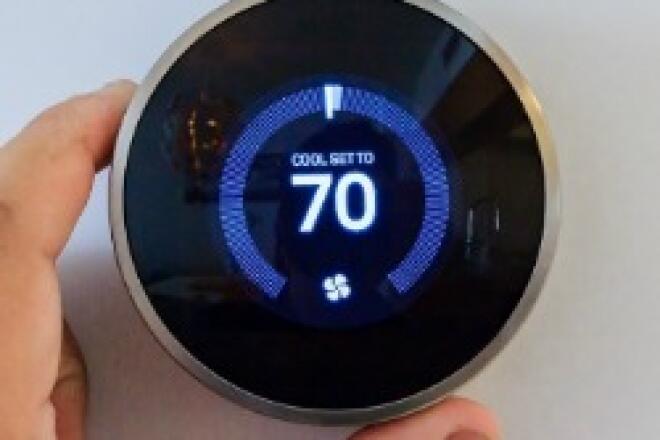
What You Should Know About Energy Data
Like other areas of society, there has been a data revolution in the energy industry in recent years. In the past, power companies delivered data to customers only in the form of paper bills with basic information, usually the total amount of energy used over the month and the dollar amount owed.
Today, however, many consumers have greater access to their energy data than ever before due to the implementation of smart meters by power companies and the arrival of WiFi-connected devices in the home, like smart thermostats, smart appliances and smart lighting.

Let’s look at a few important things you should know about energy data and how you can harness it to lower your energy bills:
What types of energy data are available to you today?
You can essentially sort energy data into two categories: the data that your power company can see and the data that you can see. If your power company has installed smart grid technologies, including smart meters on homes and sensors on the electric grid, they have access to a wealth of data that can be used to provide more reliable service and more program options.
For example, data can be used to provide you with more accurate information regarding outages and improve outage restoration times. Data can also help power companies deploy renewable energy resources and electric vehicle chargers in your community, and it can help them develop better programs, services and rate plans to help you meet your energy goals.
Then there’s the data that you as a consumer can see. This could be your heating and cooling usage from your smart thermostat or your home’s total usage from your smart meter. Today, there are even ways to see your home’s usage by each appliance. With these sources of data, you can learn about how you’re using energy at home and adjust your routines or swap out old, inefficient appliances.
What are the innovations that are producing energy data?
Smart meters are a main source of energy data today. These digital meters collect information about your energy usage and give you access to regular reports on how much energy your home is using. Many power companies also now have apps and online platforms where you can view this data.
It’s important to note that what’s available to consumers varies significantly by each power company and in each state. Some consumers may be able to see their energy consumption in real time, while others may have data in 15-minute intervals starting with the day prior. In other areas, consumers unfortunately still don’t have access to their data in an actionable way.
Smart home devices, including smart outlets, smart thermostats and smart appliances, are also producing a wealth of data. Smart water heaters collect data about your home’s usage and can automatically adjust to your patterns. Smart thermostats help track the usage of your biggest energy user – heating and cooling – and smart plugs can monitor the energy consumption of the devices plugged into them. There are even smart energy monitors that connect to your home’s electrical panel and give you real-time data on all of your appliances.
What are some ways you can benefit from your energy data?
There are a few actions that you can take to start benefiting from your data today. First, if you don’t already have access, you probably want to visit your power company’s website or give them a call and find out how you can view your energy data.
Now that you can view your usage data (either daily or in real time), you can adjust your daily patterns to help you save money while staying comfortable – you don’t have to wait for any surprises on your monthly bill. You may also be able to see which areas of your home are using the most energy, and you can upgrade to more energy-efficient appliances or discover fixable issues before they really start affecting your wallet.
With the advent of smart meters, there are also more electric rate plans than ever before, and you can work with your power company to find the plan that works best for you. Using your actual usage data, your power company may be able perform an analysis and see what plan would help you save without changing any of your current habits. They also can use this data to help you troubleshoot high bills.
Finally, there are many new programs and services that you can enroll in that are powered by the transmission of data between your home and your power company. For example, you can sign up for programs that give you money back on your power bill when you voluntarily reduce energy consumption of appliances or your A/C during times of exceptionally high energy demand, such as a very hot summer afternoon.
If you want to become a smarter energy consumer, getting access to your energy data is a great first step. Contact your power company if you have questions about getting access or if you’d like to learn about any data-driven programs they have that might be right for you.
To learn more about energy data and how it can lead to bill savings and other benefits, check out the Using Data to Become a Smarter Energy Consumer fact sheet here.



